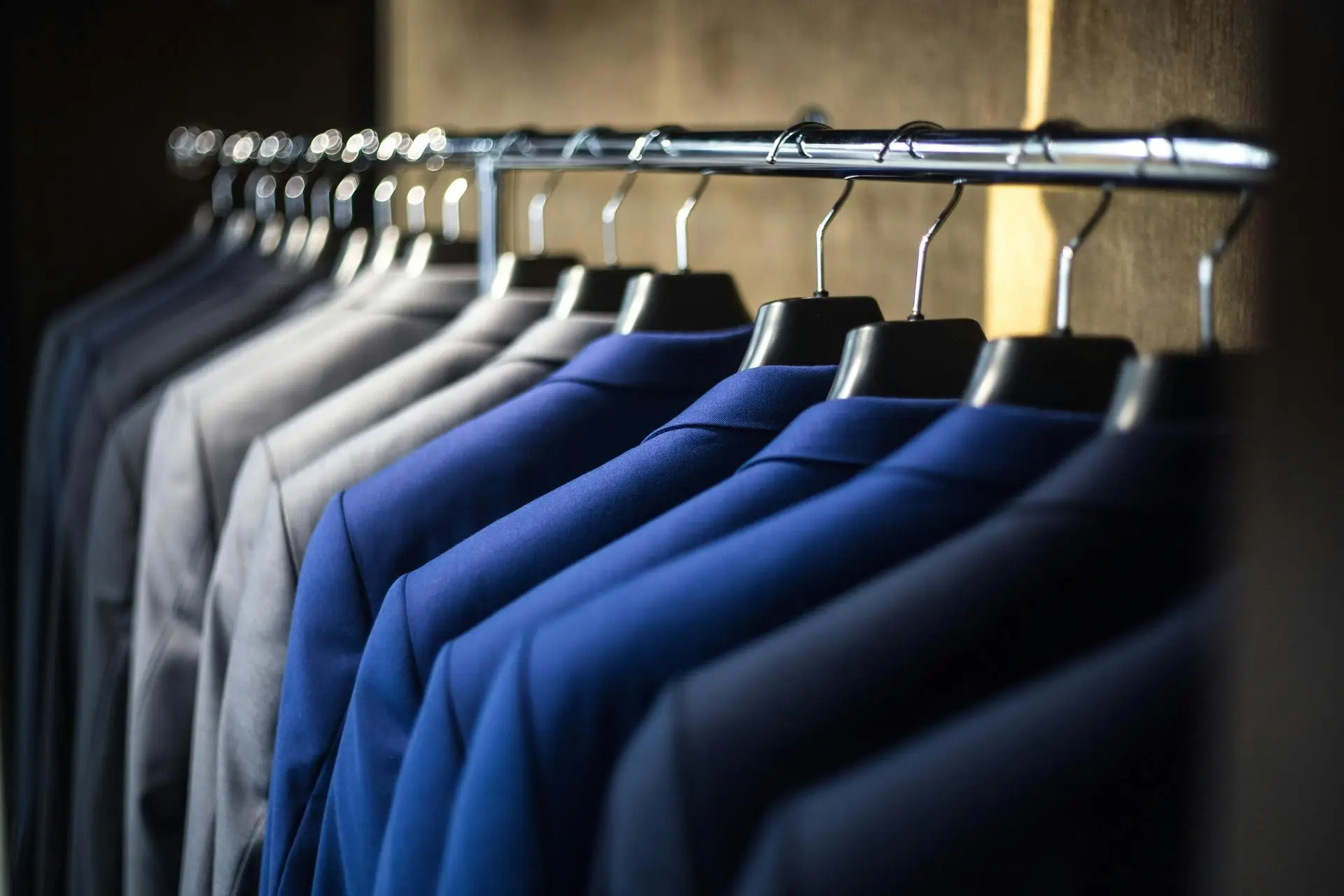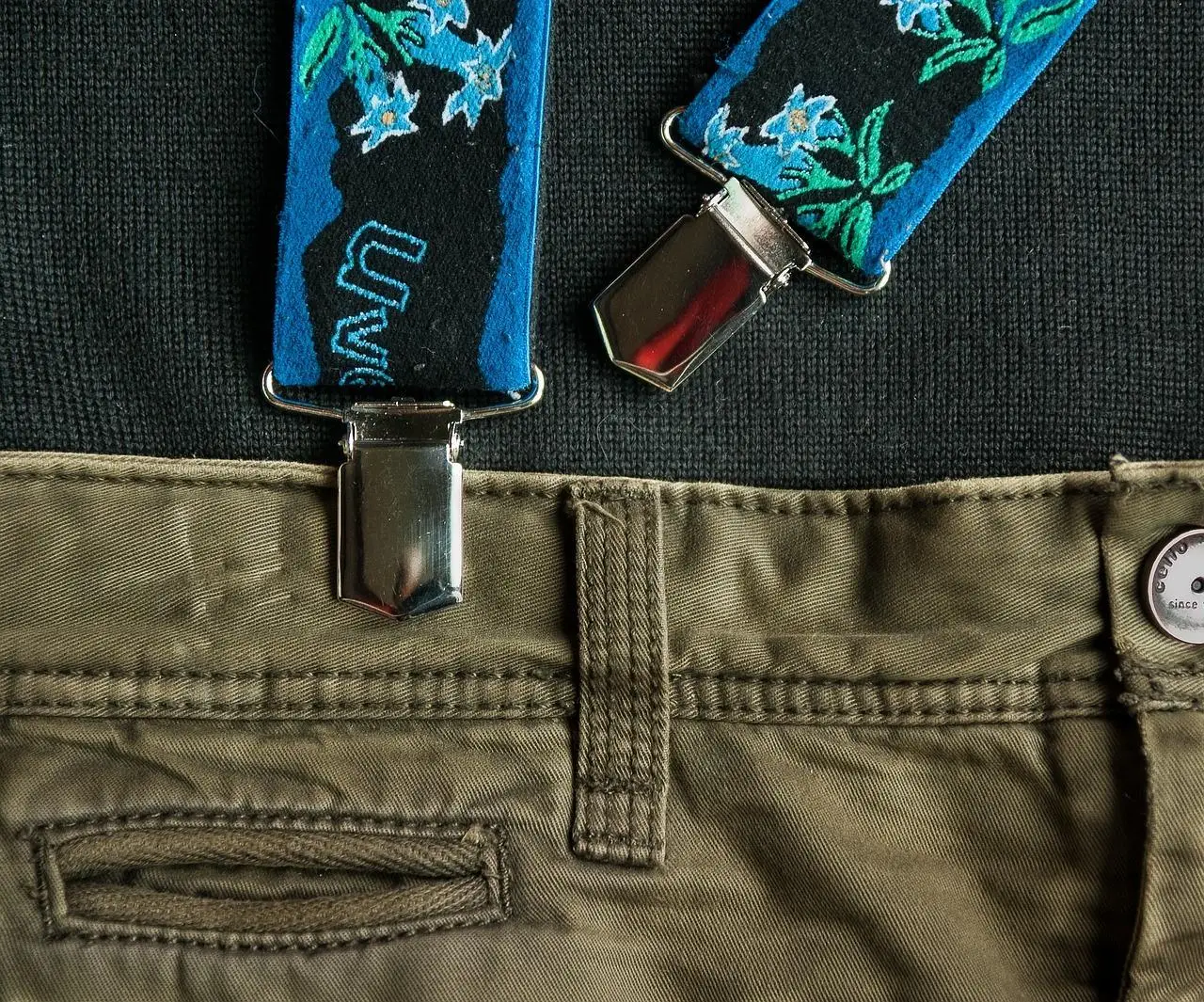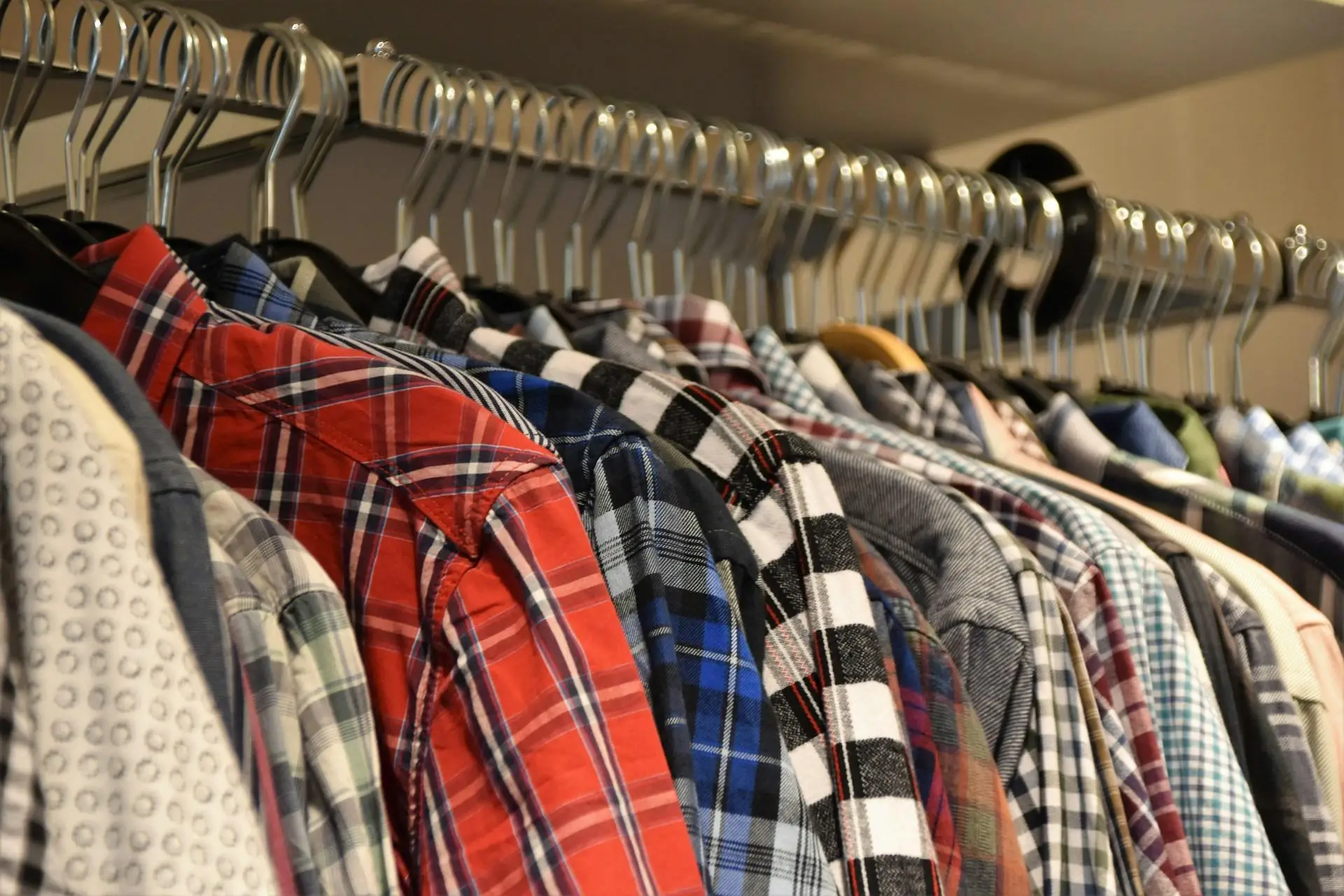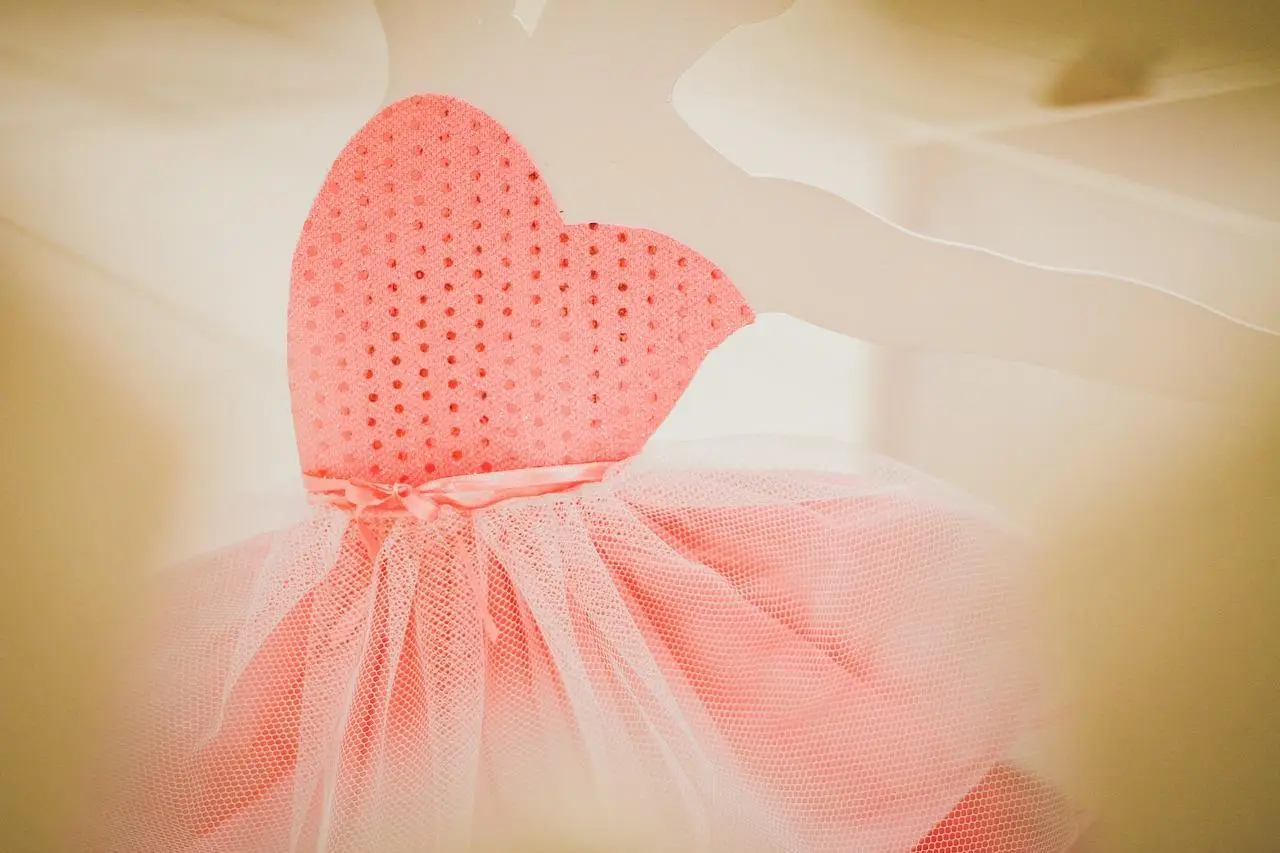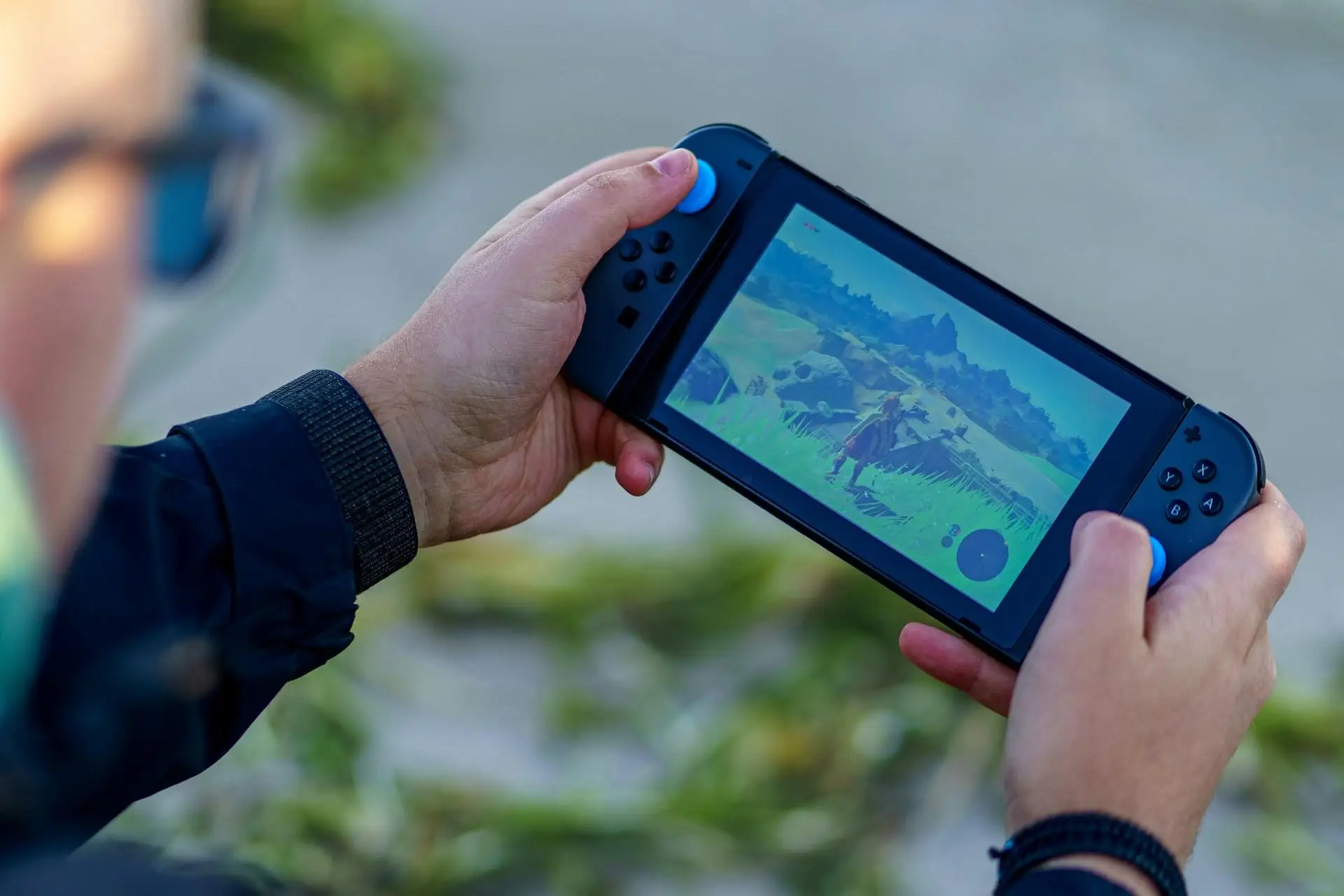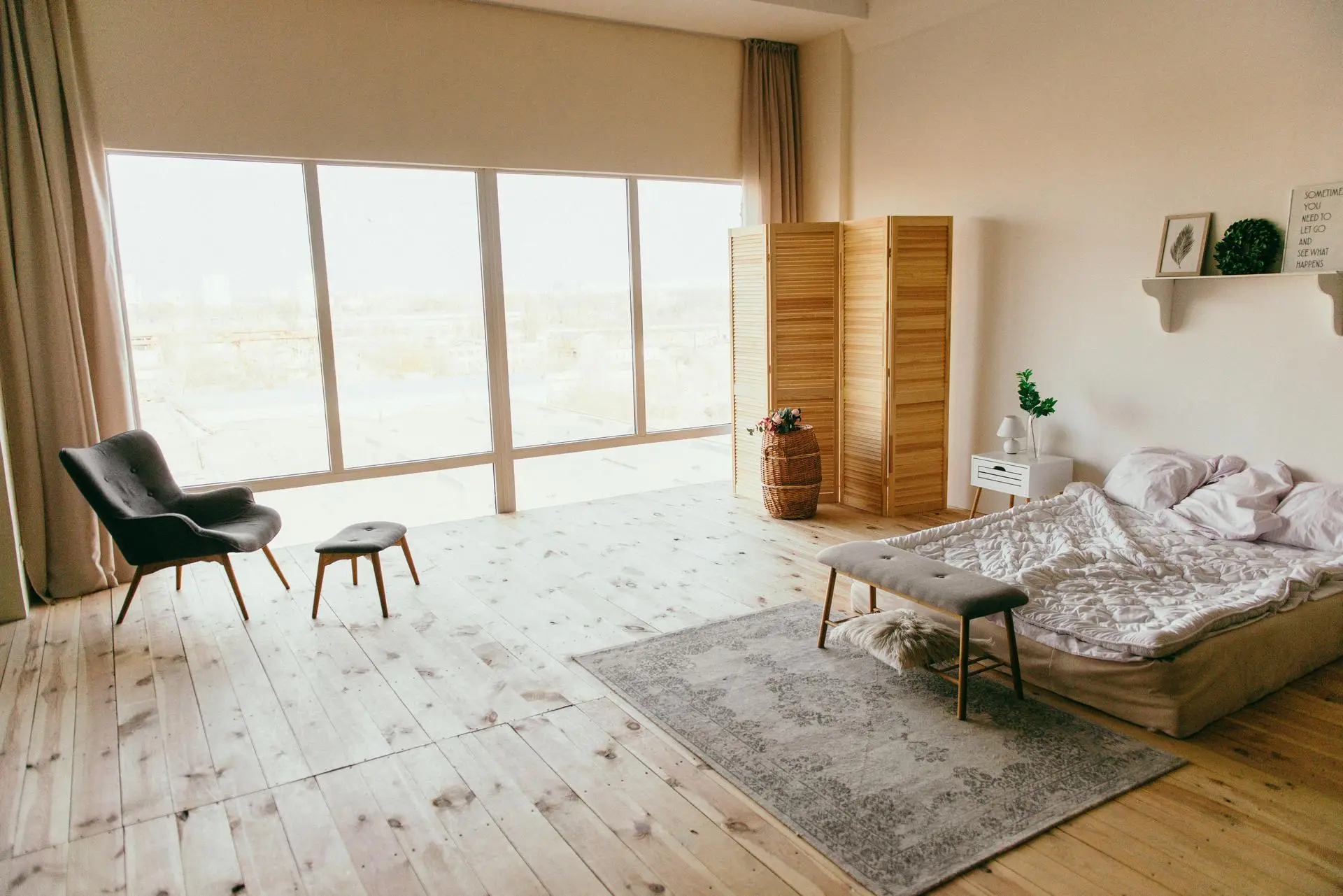A wardrobe is more than just a collection of clothes. It can be a powerful reflection of personal growth, capturing the evolution of one's identity, tastes, and values over time. Understanding how a wardrobe mirrors personal development can offer deep insights into an individual's journey through life. This article explores the multifaceted relationship between clothing choices and personal growth, providing a fresh perspective on the everyday act of getting dressed.
The Evolution of Style: A Journey Through Time
Every individual experiences changes in style throughout their life. These changes often coincide with key life events or shifts in personal circumstances. From the carefree styles of adolescence to the refined choices of adulthood, clothing selections often evolve alongside personal milestones. Consider how a young professional’s wardrobe might shift from casual college attire to more formal business wear as they enter the workforce. This evolution is not merely about practicality but also signifies a deeper transformation in identity and self-perception.
Clothing as an Expression of Identity
Clothing serves as a canvas for self-expression. It is a tangible way to communicate one's personality, beliefs, and aspirations. As individuals grow and change, their clothing choices reflect these shifts, acting as a visual narrative of their personal journey. For instance, someone who once favored bold, eclectic patterns might transition to more understated, minimalist styles as they seek simplicity and clarity in their life. This shift in wardrobe can mirror a newfound sense of purpose or maturity.
The Role of Cultural and Social Influences
Cultural and social influences play a significant role in shaping an individual's wardrobe. Fashion trends, societal norms, and cultural backgrounds can all impact clothing choices, reflecting broader changes in personal identity and growth. As individuals become more aware of global cultures or social justice issues, they might incorporate sustainable or ethically-made clothing into their wardrobe, aligning their external appearance with their internal values.
The Impact of Life Transitions
Major life transitions, such as starting a new job, moving to a different city, or becoming a parent, can significantly influence one's wardrobe. These transitions often necessitate practical changes in clothing but also symbolize deeper personal growth and adaptation. For example, a new parent might prioritize comfort and functionality in their wardrobe, reflecting a shift in priorities and lifestyle. The wardrobe adapts to meet new challenges, embodying the resilience and flexibility required during such periods.
Building Confidence Through Clothing
The right wardrobe can be a powerful tool for building confidence. Clothing that fits well and reflects personal style can enhance self-esteem and empower individuals to face new challenges with assurance. As people grow and understand themselves better, they become more adept at selecting clothing that complements their body and personality, further reinforcing their confidence and self-acceptance.
The Minimalist Movement: A Path to Clarity
In recent years, the minimalist movement has gained popularity, encouraging individuals to pare down their wardrobes to essentials. This trend reflects a broader desire for simplicity and clarity in life, as people seek to declutter not just their closets, but their minds and environments. By focusing on quality over quantity, individuals can cultivate a wardrobe that truly reflects their personal growth and values.
Sustainability and Ethical Fashion Choices
As awareness of environmental issues grows, many individuals are choosing to incorporate sustainable and ethical fashion into their wardrobes. This shift signifies a commitment to personal growth and responsibility, as people consider the broader impact of their clothing choices. Opting for sustainable brands or second-hand clothing can reflect a deeper understanding of global issues and a desire to contribute positively to the world.
The Power of Color Psychology
Color psychology plays a fascinating role in wardrobe choices. Colors can evoke emotions, influence moods, and even affect perceptions, making them a powerful tool for personal growth. As individuals evolve, they might find themselves drawn to different colors that align with their current emotional state or aspirations. For example, incorporating more blues and greens might reflect a desire for tranquility and balance, while bold reds could signify confidence and passion.
Embracing Change: The Dynamic Nature of Fashion
Fashion is inherently dynamic, constantly evolving with time. Embracing change in one's wardrobe can mirror an openness to personal growth and adaptability. By experimenting with new styles or trends, individuals can explore different facets of their identity and continue to grow and evolve. This willingness to adapt and change is a testament to personal resilience and creativity.
A Wardrobe as a Personal Archive
Lastly, a wardrobe can serve as a personal archive, capturing memories and milestones throughout an individual's life. Each piece of clothing tells a story, representing moments of joy, success, or change. Revisiting these items can provide a sense of nostalgia and reflection, allowing individuals to appreciate their journey and growth over time.
In summary, a wardrobe is more than just a collection of clothes; it is a reflection of personal growth and transformation. By examining the evolution of style, cultural influences, and life transitions, one can gain valuable insights into the complex interplay between clothing and identity. Embracing this connection can lead to greater self-awareness and an appreciation for the journey of personal growth.

